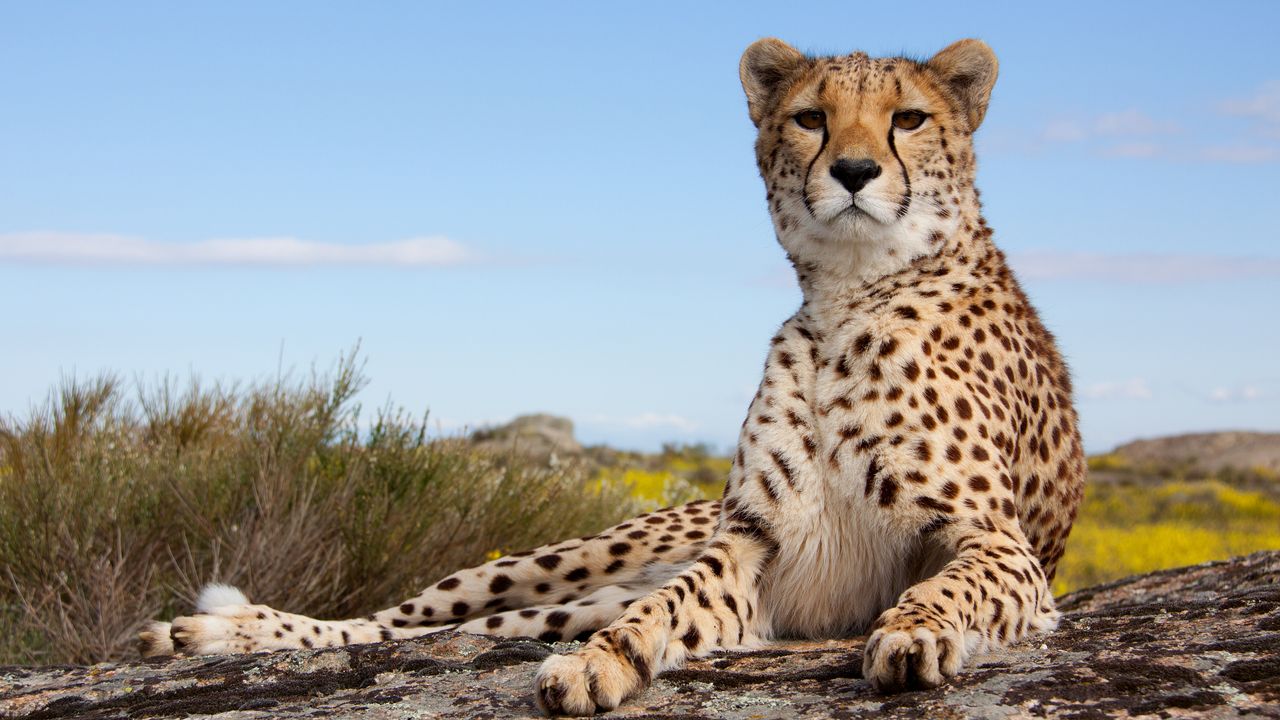Mount Kilimanjaro Trek: Conquer the Roof of Africa
Embarking on a Mount Kilimanjaro trek is an unforgettable adventure that allows you to conquer the highest peak in Africa. Standing at an impressive 5,895 meters (19,341 feet) above sea level, Kilimanjaro offers breathtaking views and a once-in-a-lifetime experience. There are several routes to choose from, but one of the most popular and scenic options is the Rongai Route. In this article, we will explore the Rongai Route and the importance of acclimatization during your Kilimanjaro climb.
The Rongai Route: A Unique and Scenic Journey
The Rongai Route is known for its unique beauty and less crowded trails compared to other routes. This six to seven-day trek starts from the northeastern side of Kilimanjaro, near the Kenyan border. As you ascend, you’ll pass through diverse landscapes, including lush rainforests, moorlands, and alpine deserts.
The Rongai Route offers a gradual and steady climb, allowing trekkers to acclimatize effectively. This route is suitable for both beginners and experienced hikers, as it provides a good balance between challenge and enjoyment. The trail also provides ample opportunities to spot wildlife, such as colobus monkeys and various bird species.
The Importance of Acclimatization on Kilimanjaro
Acclimatization is a crucial aspect of any Kilimanjaro climb. As you ascend to higher altitudes, the air becomes thinner, making it harder for your body to function properly. Proper acclimatization helps your body adjust to the changing conditions and reduces the risk of altitude sickness.
During your Kilimanjaro trek, your body needs time to adapt to the decreasing oxygen levels. The Rongai Route offers a longer itinerary, allowing for better acclimatization compared to shorter routes. The gradual ascent and additional rest days on the Rongai Route increase your chances of reaching the summit successfully.
Acclimatization Tips:
- Stay hydrated: Drink plenty of water throughout your trek to prevent dehydration.
- Walk slowly: Pace yourself and maintain a steady, slow pace to conserve energy and aid acclimatization.
- Take frequent breaks: Resting at regular intervals allows your body to adjust and recover.
- Follow the guidance of your guides: Experienced guides will monitor your health and provide necessary advice for a safe climb.
- Consider medication: Consult with your doctor about altitude sickness medication, such as Diamox, to help prevent symptoms.
Altitude Sickness: Know the Signs
Altitude sickness, also known as acute mountain sickness (AMS), can affect anyone ascending to high altitudes. It’s important to recognize the symptoms and take appropriate action to prevent further complications. Common signs of altitude sickness include:
- Headache
- Nausea or vomiting
- Dizziness or lightheadedness
- Loss of appetite
- Shortness of breath
- Difficulty sleeping
If you experience any of these symptoms, it’s crucial to communicate with your guides and follow their recommendations. Descending to a lower altitude may be necessary to ensure your safety and well-being.
Conclusion
The Rongai Route is a fantastic choice for those seeking a memorable Kilimanjaro climbing experience. Its scenic beauty, less crowded trails, and effective acclimatization make it an ideal option for both beginners and experienced trekkers. Remember to prioritize your health and safety by following proper acclimatization practices and being aware of the signs of altitude sickness. Embark on this incredible adventure and conquer the Roof of Africa!
